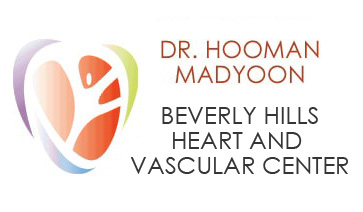Your vein health is just as vital as the health of any other system in your body. Your veins work hard to bring deoxygenated blood back through your lungs so that your blood can be reoxygenated and distributed throughout your body. So how can you check vein health?
How Can I Check Vein Health?
If any part of your circulation system fails, it will negatively affect other systems. That is why it is so important to keep an eye on your vein health with regular visits to your doctor, especially if you have a personal or family history of venous disease.
Step 1: Pay Attention to Potential Symptoms
Venous disease can present in a number of ways, but there are a handful of symptoms that generally point to a potential problem with your veins. Of course, having just one of these symptoms does not necessarily mean you have a problem with your veins. But they could indicate other health issues. If you are experiencing any of the following and don’t have a clear cause, you should seek medical advice as soon as possible.
- Enlarged or swollen purple veins
- Swelling, especially in your legs
- Aching, especially in your legs
- A sensation of heaviness, especially in your legs
- Itching skin
- Skin discoloration, around the ankles or toes
Some patients do develop some of these symptoms, including varicose veins without having a serious underlying issue. Still, it is always better to have your vein health checked by a medical professional. Serious venous conditions can act very quickly, so early intervention is key.
Step 2: See a Doctor
In cases where you are experiencing severe symptoms, especially a shortness of breath in combination with any of the symptoms listed above, you should contact emergency medical services. Once it has been determined that your condition is not an immediate threat to your life, you will want to contact your local interventional cardiologist.
During your first appointment, you can expect your doctor to go over your personal and family medical history to help identify possible trends. From there, you will have a physical examination. If there are any signs of possible venous disease, your doctor will likely ask you to have further testing. This can range from a hand-held ultrasound to venography, depending on your doctor’s specific concerns.
Step 3: Additional Testing
CT venography in Beverly Hills is a safe and effective way of diagnosing possible venous disease. The test essentially creates an x-ray of your veins by using a contrast material to make all of your veins visible to your doctor. Unlike an ultrasound, CT venography allows your cardiologist to see all of your veins at work, including perforator and accessory veins. As a result, CT venography provides the most comprehensive view of your veins, making it much easier to diagnose possible problems.
Step 4: Diagnosis
Your interventional cardiologist will be able to create a definitive diagnosis based on your additional testing. Your journey from there will largely depend on your personal medical condition and its severity. Fortunately, Dr. Madyoon has years of experience helping patients to overcome venous disease.
Step 5: Treatment
The good news is that most venous diseases can be treated with medication or through non-surgical procedures. Depending on your particular diagnosis, your interventional cardiologist will help to organize the vein treatment in Beverly Hills that you need in order to look and feel like your best self.
Staying Proactive
The truth is that venous disease can affect anyone. However, you may lower your chances of experiencing serious venous disease by observing a healthy lifestyle and visiting your cardiologist for an examination every 3-5 years depending on your medical history. These steps will help you to avoid an emergency situation and could save your life.

